 Written by Michael Sullivan PT, MSPT for the RSDSA blog.
Written by Michael Sullivan PT, MSPT for the RSDSA blog.
How important is movement to our health and wellbeing? A dark lesson starting in medieval times and running into the mid-1800s is provided by the numerous inquisitions, the most famous being the Spanish Inquisition. For over 700 years torture was used to induce people to confess to their heresies, recant their heathen ways and profess their faith in God. Torture was used to speed up the process. One of the most effective means of torture was the use of constraints to restrict a person’s ability to move. Stocks, barrels, metal cages, ropes and chains were used to prevent movement. The tighter a person is bound, the less they can move, the greater the pain. Complete restriction of movement can lead to excruciating and unrelenting pain within twenty-four hours. People were known to go mad in a matter of days. My apologies if the thought of this alone is enough to make you cringe or feel discomfort (you can thank the mirror neurons in your brain) but this illustrates the importance of movement and highlights that pain is a consequence of immobilization.
One of the many issues that people with Complex Regional Pain Syndrome struggle with is that movement is painful, to the point where they don’t feel they have the choice to be active. Essentially, pain itself becomes the constraint that restricts movement resulting in more pain. As a result of this vicious cycle, CRPS sufferers can get into a downward spiral of functional decline that not only exacerbates their pain but seriously diminishes their quality of life. Fear of movement as a result of pain leads to avoidance of movement. My goal in writing today is to convince you that movement, while it may be painful, is good, and to share some strategies for restoring function. First, let’s look a little more closely at the pros and cons of not moving.
One of our responses to pain is to avoid movement to protect the injured area from further harm. In the early stages of injury this type of guarding is an adaptive response that helps us to heal. Depending on the injury, your doctor may even use immobilization to set up the conditions under which the damaged tissues heal. The simplest example would be casting a broken bone. In deciding how long to immobilize an injury there is always a trade off between the time that is needed for the tissue to heal and the deleterious effects of immobilization. Not only can immobilization be painful in of itself, it also is not healthy for many of our tissues. Muscles need to move and work to remain strong and flexible. Moving joints distributes synovial fluid that helps to lubricate and provide nutrition to joint surfaces. Nerves elongate and glide relative to the surrounding tissues when we move. Movement and interaction with our environment activates nerve endings, sending a constant stream of information to our brains for processing that are essential to brain health. Part of the healing process is the laying down of scar tissue as a means of repairing damage. Unfortunately, scar tissue is not very smart and while it strengthens the damaged tissue, it also can form cross-links to tissues that need to move in relationship to each other. The longer these cross-links remain in place the stronger they get and the more they can restrict normal movement. Importantly, movement is also necessary for the final phase of healing, a remodeling process that allows injured tissues to reorganize and gain maximum strength. When we continue to guard against movement after the initial healing process is complete, we are doing more harm than good, and the protective response becomes mal-adaptive. It is no longer helping us to heal. In short, our muscles, fascia, joints, nerves and brain all need movement to remain healthy and any immobilization, even of an isolated body part, beyond the minimum required for healing is not good for us. The consequences are most extreme when people take to bed rest to cope with their pain. We then add cardiovascular deconditioning, arterial constriction, blood clots and the possibility of pressure sores to the list of adverse consequences. Studies demonstrate that there is no known medical condition that is helped by prolonged bed rest.1
When faced with the dilemma that it ‘hurts’ to move and accepting the fact that it is bad for your health and exacerbates pain to not move, I am hoping you will choose the latter. I recognize that this is no small task. So how should you proceed?
Arm yourself with knowledge; pain neuroscience education is key. Know that pain is not synonymous with tissue damage. In a normal functioning nervous system, pain is an early warning system of potential tissue damage. With CRPS both the peripheral and central nervous system function can become sensitized resulting in pain with non-painful stimuli (allodynia), exaggerated pain with a painful stimulus (hyperpathia) or pain in the absence of any stimulus, i.e. spontaneous pain. To use a smoke alarm analogy, this is the equivalent of every smoke alarm in your house going off when you blow out a single birthday candle in addition to your smoke alarms going off randomly all day and night. With the smoke alarm, eventually you would come to the conclusion that the system is malfunctioning, and if you are anything like me, you would start cleaning them off the ceiling with a broom stick. The smoke alarm is no longer providing you with useful information. The same could be said of the sensitized nervous system. Common sense tells you that touching your hand lightly should not result in a burning sensation, but it does and patterns of activation in the centers of the brain that process this information look about the same as if you were touching a hot burner on your stove. There is nothing imagined about this, it is real. The good news is that you can change this experience.
Learn ways to modulate your pain. While knowing how pain is processed is not an absolute requirement to learn pain modulation, most people just don’t take our word for it when we tell them they can make their pain better or worse. The receptors in our body that collect information about actual or potential tissue damage are called nociceptors and the process whereby information about unpleasant stimuli is transmitted to the brain for processing is called nociception. Your brain takes this information, puts it into context of your past experiences, psychosocial factors, your personal beliefs, your cultural identity, your current health and demographics and your spiritual beliefs among other factors and does a threat assessment. Your brain will produce pain in proportion to the perceived threat not necessarily in proportion to the actual threat. If your conclusion is that what you are experiencing is not very dangerous then you will experience less (or no) pain. Thoughts and expectations do matter. If you have catastrophic thoughts and expect that you will never get better your pain will be worse. Your brain will ratchet up the threat assessments unless these thoughts are addressed. A psychologist with experience in chronic pain management is most helpful in addressing these issues.
Nociception need not be present to experience pain. Emotional and cognitive stressors can both produce pain responses in areas of the brain identical to those produced by the nociceptive process. Learning techniques to manage these stressors can down regulate pain. Meditation and relaxation exercises quiet activity in areas of the brain that process pain. Conversely, you can have nociception but not experience pain. There is an abundance of functional magnetic resonance imaging studies that allows observation of brain activity in real time that support these assertions.
It’s time for Graded Motor Imagery. The ground breaking work being done by Butler and Moseley with the Neuro Orthopaedic Institute (NOI) addresses the neuroplastic changes that occur in the brain as a result of the central nervous system being bombarded by nociceptive information. Brain health is promoted through a series of three activities: laterality tasks, imagining/thinking about movement and mirror box therapy. These activities can help to reduce pain and increase motor control for better quality movement. NOI has many good online resources that can help get you started. We generally recommend five minutes of GMI 8-10 times per day spread out across your waking hours. If you are going to be working with a physical therapist, make sure the person you are working with has experience with these techniques. Pairing these with desensitization exercises can help with allodynia.
Address the building blocks of function. Once you have developed some skills to better manage your pain, you are more likely to have success progressing into the active portion of your treatment program. Our goal up to this point in addition to understanding and reducing pain has been to reduce the fear associated with movement by better understanding pain. Given that you will be able to down regulate pain in the event that it increases you will be able to look past those previous experiences of trying to increase your activity level that did not go so well. Gentle exercises to improve joint mobility, improve muscle flexibility and increase cardiovascular endurance are key. Start slow, increase slowly but don’t be deterred by discomfort that you are likely to experience in the moment. As you add more activities to your program, the guiding principal is that if you can do tomorrow what you did today, you are heading in the right direction. If you can’t do tomorrow what you did today then you did too much. Adjust your activity level accordingly. Once you have established a baseline you can start slowly increasing the duration of your cardiovascular activities. Studies demonstrate that cardio above all other forms of exercise helps to regulate health in the nervous system, decrease depression, and reduce stress in addition to promoting cardiovascular health.
In addition to neuropathic pain associated with dysfunction in the nervous system people with CRPS experience a combination of orthopedic consequences associated with the original injury or disuse. Almost universally, one of these consequences is myofascial pain associated with guarding the injured area and adjacent areas. Learning skills to self manage myofascial pain are essential to reducing pain in the periphery. Releases and stretches are essential to managing flare ups.
When you are experiencing some success with the above it is time to move on towards addressing specific deficits identified on your physical therapy evaluation. Exercises for building strength, addressing postural imbalances, improving balance, practicing good body mechanics are a good lead in to functional training.
Putting the Fun back in Functional: Ultimately, everything up to this point is pursued with individual functional goals in mind. What are the most important activities for you to regain quality of life? For some, self care and the ability to live independently is the most important thing. For others it is playing with their children or dancing with their partner. For some, it is getting back to work and regaining financial independence. Getting back into your normal daily routine involves sitting and standing tolerance, safe ambulation, the ability to transfer from standing to floor and back and may involve components of lifting, carrying, pushing and pulling, fine and gross motor skills. These should all be incorporated where appropriate to meeting your functional goals. Engaging in activities that you enjoy unlocks your body’s natural pain relieving ability and is another step towards a more healthy life.
- Allen, C; Glasziou, P; Del Mar, C (9 October 1999). “Bed rest: a potentially harmful treatment needing more careful evaluation.”. Lancet. 354(9186): 1229–33).
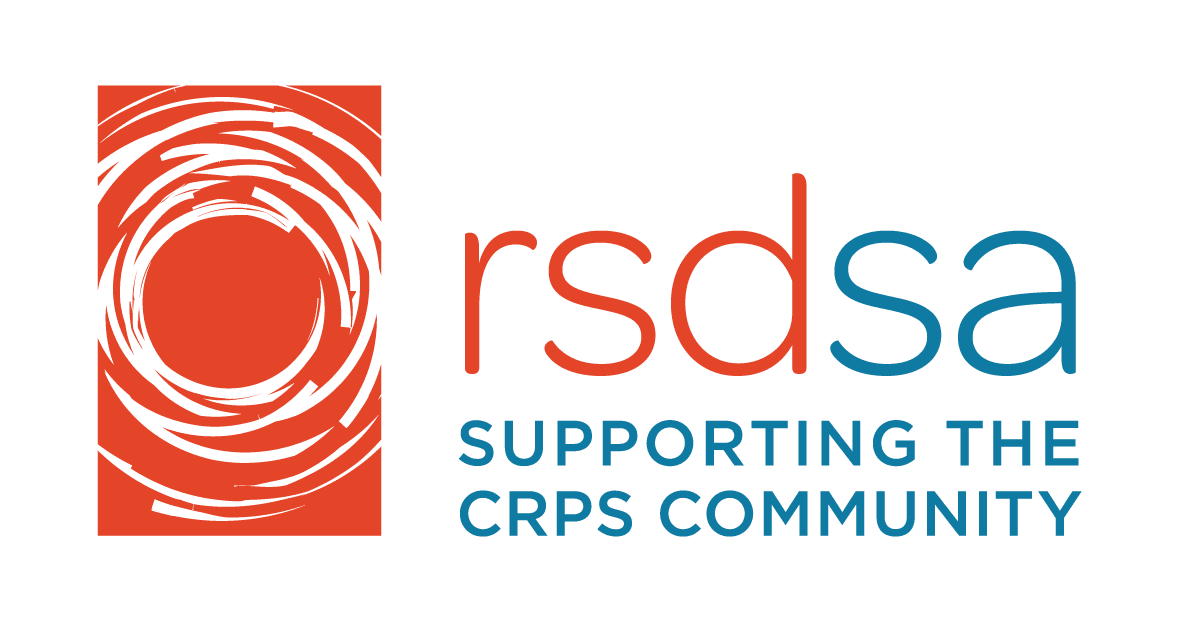
 By Guest Blogger Beth Seickel
By Guest Blogger Beth Seickel After which, Jim introduced Rachel, daughter of co-chair Debbie to speak about “Living With a CRPS/RSD Parent,” which brought tears to many. Our special honored guest, Dr. Brian Durkin, a board-certified anesthesiologist with Pain Institute of Long Island, was the final presenter Jim introduced.
After which, Jim introduced Rachel, daughter of co-chair Debbie to speak about “Living With a CRPS/RSD Parent,” which brought tears to many. Our special honored guest, Dr. Brian Durkin, a board-certified anesthesiologist with Pain Institute of Long Island, was the final presenter Jim introduced.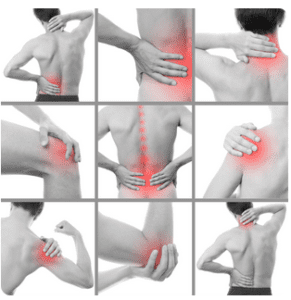 By Guest Blogger Sarah Bigham
By Guest Blogger Sarah Bigham By Guest Blogger Kelly Hodgkins
By Guest Blogger Kelly Hodgkins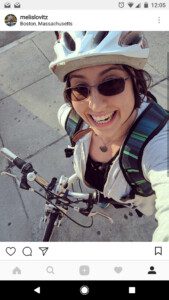 By Guest Blogger Melissa Lovitz
By Guest Blogger Melissa Lovitz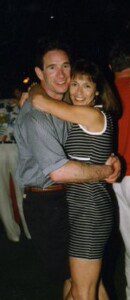 By RSDSA Board Member, Bob Lane
By RSDSA Board Member, Bob Lane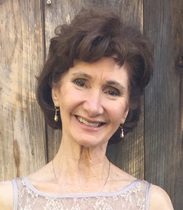 By Guest Blogger Nancy Meagher
By Guest Blogger Nancy Meagher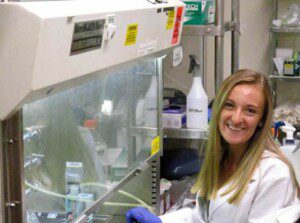 Written by Ashley Epping
Written by Ashley Epping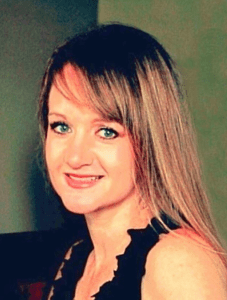 Written by Katinka van der Merwe
Written by Katinka van der Merwe